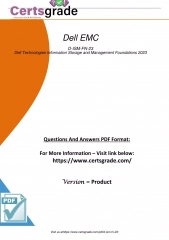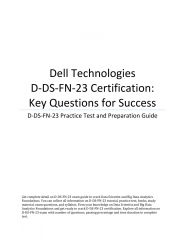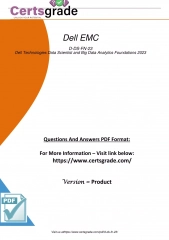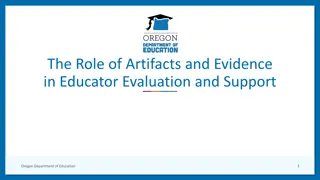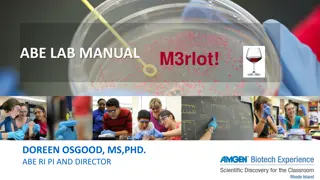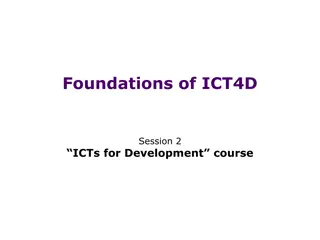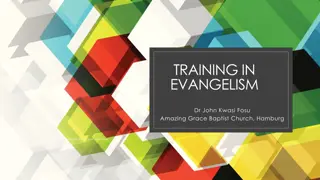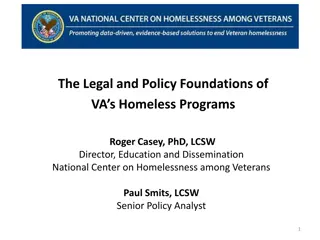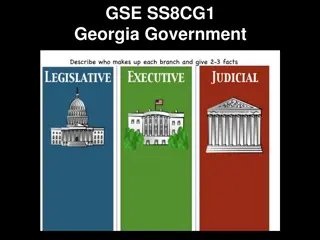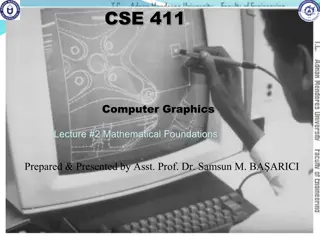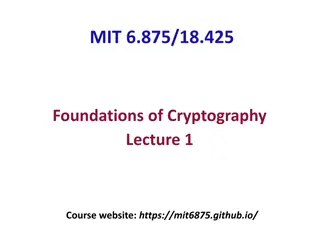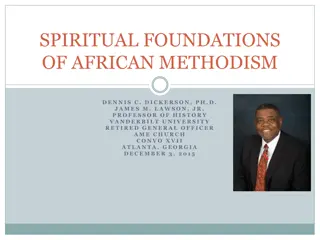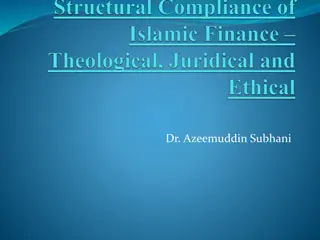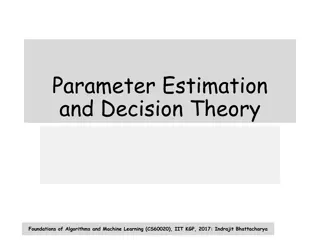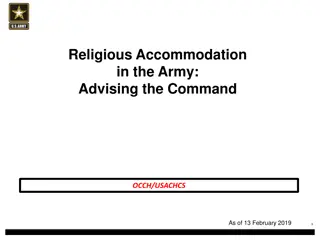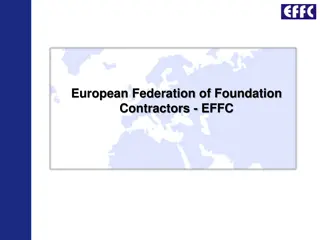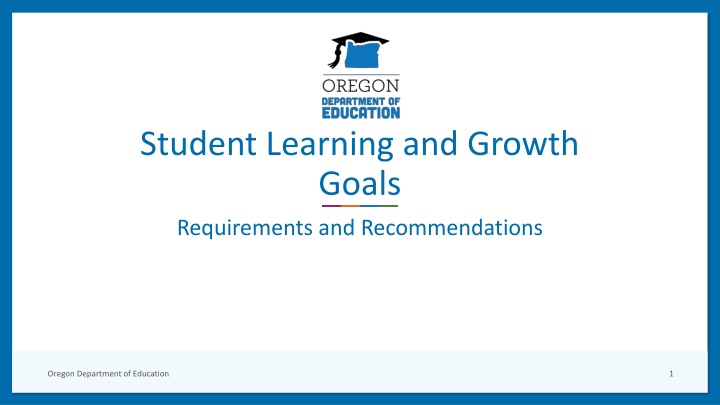
Student Learning and Growth Goals in Education
Explore the requirements, components, and recommendations set by the Oregon Department of Education for Student Learning and Growth Goals (SLG). Discover the differences between Achievement Goals and SLG Goals, along with the necessary elements for successful goal setting. Utilize resources and guidelines to effectively implement SLG goals in educational settings.
Download Presentation

Please find below an Image/Link to download the presentation.
The content on the website is provided AS IS for your information and personal use only. It may not be sold, licensed, or shared on other websites without obtaining consent from the author. If you encounter any issues during the download, it is possible that the publisher has removed the file from their server.
You are allowed to download the files provided on this website for personal or commercial use, subject to the condition that they are used lawfully. All files are the property of their respective owners.
The content on the website is provided AS IS for your information and personal use only. It may not be sold, licensed, or shared on other websites without obtaining consent from the author.
E N D
Presentation Transcript
Student Learning and Growth Goals Requirements and Recommendations Oregon Department of Education 1
Outcomes Review 8 components of SLG goals Understand requirements around SLG Goals Recognize the role of SLG goals in evaluation process Answer common questions Share resources Oregon Department of Education 2
Achievement Goals vs. SLG Goals Achievement Goals Do not consider baseline data Are one-size-fits-all and do not include ALL students Students are expected to cross the same finish line regardless of where they start Student Learning Growth Goals Starts with baseline data Includes ALL students, regardless of ability level Students can show various levels of growth students may have individualized finish lines Oregon Department of Education 3
Content (Standards) Assessment Context Baseline Data Student Growth Goals (Targets) Rationale Strategies Professional Learning & Support Required Components of SLG Goals Oregon Department of Education 4
Requirements for SLG Goals Minimum of two SLG goals each year At least one goal should be based on standards Second goal can be non-academic District-wide, school-wide or nationally recognized measures Recommend interim and classroom-based tests Statewide assessment should not be the sole source of evidence Quality Review Checklist used for goal setting Oregon Department of Education 5
Quality Review Checklist Takes place during the goal setting phase of the professional growth cycle for teachers and administrators For an SLG goal to be approved, all criteria must be met Version with guiding questions available in SLG section of toolkit Oregon Department of Education 6
Recommendations Content is focused, not everything you teach Context can help ascertain instructional needs Tier goals/targets where appropriate Include the support YOU need Oregon Department of Education 7
Students enter the classroom with a range of knowledge and skills Tiered targets help ensure that each student is appropriately challenged Tiers typically set for groups of students with similar performance Tiered targets allow for more realistic expectations for goal attainment Tiered Targets Oregon Department of Education 8
Role of SLG Goals in Evaluation Summative evaluations must be based on multiple measures Professional Practice, Professional Responsibility, and Student Learning & Growth Districts determine the degree of impact of each of the three types of measures on the summative evaluation Summative ratings reported to ODE must include PP and PR Inclusion of SLG in calculation is optional Reported in the Principal and Teacher Evaluation Data Collection Oregon Department of Education 9
Common Questions Where does goal setting originate? Who has to set SLG goals? Who are SLG goals set for? What kinds of assessments can be used? Oregon Department of Education 10
Goal setting begins with the individual educator and is based on data Part of a collaborative process within their school and/or district and with the evaluator Where does goal setting originate? Oregon Department of Education 11
Who has to set SLG goals? As defined by law: Teacher anyone holding TSPC license or registration, employed as an instructor at .5 FTE and at least 135 consecutive days Administrator - any teacher the majority of whose employed time is devoted to service as a supervisor, principal, vice principal or director of a department or the equivalent in a fair dismissal district Exceptions: superintendents, non-TSPC licensed personnel, teachers who do not instruct students directly (e.g., TOSAs, instructional coaches) Oregon Department of Education 12
Who are goals set for? Teachers Course or class Intact group Administrators Can be targeted goals rather than school wide Need for targeted goals must be demonstrated in data Oregon Department of Education 13
What assessments can be used? ODE encourages the use of interim and classroom-based tests as measures School-wide or district-wide Purchased or developed Include pre and post measures Aligned to assessment criteria Statewide summative assessments should not be used as the sole source of evidence for SLG goals Oregon Department of Education 14
Resources Check out the Educator Effectiveness Toolkit! FAQs SLG Guidance Who is Evaluated under SB 290 The Right Assessment for the Right Purpose Sample SLG Goals Resources from Districts Oregon Department of Education 15

